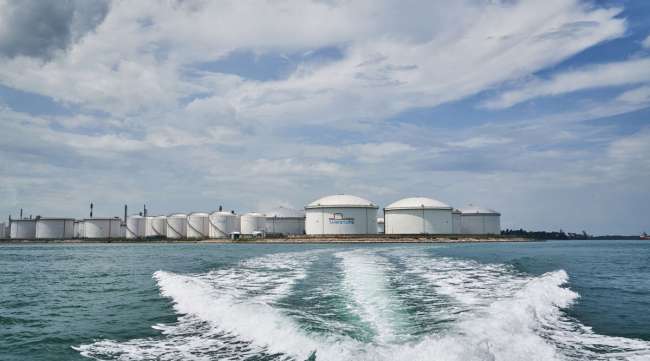Bloomberg News
Oil Rises on Russian Export Cuts, Offsets Virus Demand Jitters

[Ensure you have all the info you need in these unprecedented times. Subscribe now.]
Oil prices rose after Russia slashed exports of its flagship crude Urals to the lowest in at least 10 years, signaling the determination of Moscow to work with its partners at OPEC+ to eliminate an oil glut.
Futures in New York gained 1.9% June 25. Still, with the virus driving recovery prospects, a dose of pessimism has returned to the oil market. In Texas, the epicenter of the U.S. oil industry, the governor warned that a “massive outbreak” is sweeping the state. New infections also reached daily records in Florida and California, with the fear of new lockdowns sending U.S. gasoline futures tumbling by the most in two months June 24.
The uncertain demand picture has highlighted the test facing refiners in recent days. Nine of the top 20 gasoline-consuming states are showing an upward trend in new cases, Standard Chartered said in a note. While refining profits are recovering from catastrophic levels in Europe, according to Total SA, the virus’ second wind in the U.S. casts doubts on the future of American consumption at a time when crude inventories are already at record-high levels.
“Refiners are in the unenviable position of increasing run rates and running the risk of posting a gasoline storage build in summer,” said Robert Yawger, director of the futures division at Mizuho Securities USA, in a note to clients June 25. The other option is “cutting run rates and extending the all-time record crude oil storage level,” he said.
The stubborn U.S. supply glut has capped oil’s rally from its historic plunge below zero in April, with West Texas Intermediate crude futures struggling to hold above $40 a barrel in recent weeks. While that’s high enough to induce shale drillers to restart their idled output as soon as this month, increasing production could exacerbate the surplus and undercut prices just as they’re improving. The physical market has weakened in recent weeks, with differentials for a key U.S. grade for export trading at just 70 cents a barrel versus $1.20 at the beginning of the month.
Rising U.S. output also would complicate OPEC and its allies’ goal of trimming global crude inventories by almost 10 million barrels a day. Brent crude’s prompt timespread has dropped into contango again, a structure that suggests oversupply.
“If the economy doesn’t pick up, that will become a drag on crude oil demand just when OPEC+ has to make a decision about what to do next,” said Ole Hansen, head of commodities strategy at Saxo Bank. There’s a risk of oil dropping further “if cracks should appear in the OPEC+ resolve to keep barrels off the market.”
Want more news? Listen to today's daily briefing:
Subscribe: Apple Podcasts | Spotify | Amazon Alexa | Google Assistant | More




